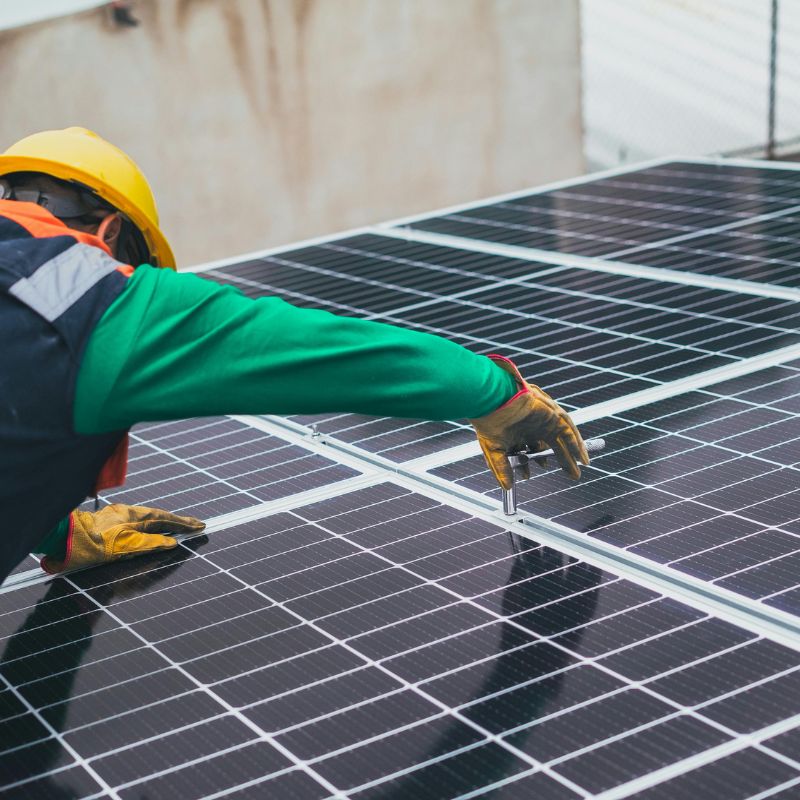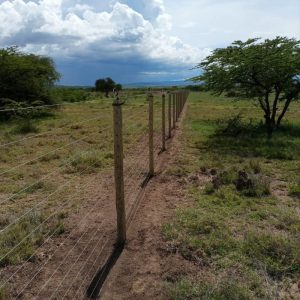Description
Types of Solar Power Systems in Kenya
- Grid-Tied Solar Systems:
- Overview: Connected to the national grid, grid-tied systems allow users to use solar power when available and switch to grid power as a backup.
- Features: Often equipped with a solar inverter, these systems can allow users to sell excess power back to the grid.
- Best For: Urban areas with reliable grid access, as it helps offset electricity bills.
- Off-Grid Solar Systems:
- Overview: Designed for areas with limited or no grid access, off-grid systems are independent and rely on batteries to store excess solar power for nighttime or cloudy days.
- Components: Typically includes solar panels, a charge controller, an inverter, and battery storage.
- Best For: Rural areas, remote facilities, and locations without reliable electricity access.
- Hybrid Solar Systems:
- Overview: Hybrid systems combine grid-tied and off-grid functionalities. They are connected to the grid but also include batteries to store energy for use during grid outages.
- Advantages: Offers the flexibility of both grid and battery power, maximizing energy savings and providing reliable backup power.
- Best For: Locations with frequent power outages, such as hospitals, schools, and residential homes in areas with unstable electricity supply.
- Solar Water Pumping Systems:
- Overview: Solar-powered pumps provide water for agriculture, livestock, and community water supply.
- Benefits: Eliminates fuel costs associated with diesel pumps and provides a sustainable solution for rural areas.
- Applications: Farms, rural water projects, and remote communities.
- Portable Solar Systems:
- Overview: Small, portable systems designed to power lights and charge small devices.
- Best For: Off-grid households, outdoor activities, and emergency power needs.
Steps for Solar Power Installation in Kenya
- Site Assessment:
- A site assessment is conducted to evaluate sunlight exposure, shade, roof suitability, and the power requirements of the property.
- System Design and Sizing:
- Based on the power needs and sunlight availability, the system is designed to meet daily energy consumption. Sizing includes calculating the number of solar panels, battery capacity, and inverter power.
- Selection of Components:
- Solar Panels: Monocrystalline, polycrystalline, or thin-film, depending on efficiency and budget.
- Inverter: Converts DC to AC power; essential for running household or industrial appliances.
- Battery Storage (for Off-Grid and Hybrid Systems): Lithium-ion or lead-acid batteries store excess power for nighttime or backup use.
- Installation:
- The solar panels are mounted, and the wiring and inverters are connected. For off-grid and hybrid systems, batteries are installed.
- Testing and Commissioning:
- After installation, the system is tested to ensure it’s functioning optimally, producing the required power, and safely connected.
Benefits of Solar Power Installation in Kenya
- Energy Independence: Reduces reliance on the grid, providing consistent power in areas with frequent outages.
- Cost Savings: Lowers electricity bills and eliminates fuel costs in off-grid locations.
- Environmental Sustainability: Solar power is renewable and reduces carbon emissions.
- Low Maintenance: Solar systems require minimal maintenance, primarily cleaning of panels and occasional battery maintenance.
For expert assistance with solar power system design, installation, or maintenance, call 0722708034 or 0720 456534, or reach out via WhatsApp at 0722708034. We provide customized solutions to meet your specific energy needs.
or Fill out this form to book a service
[bookly-form hide=”categories,services,time_range”]




